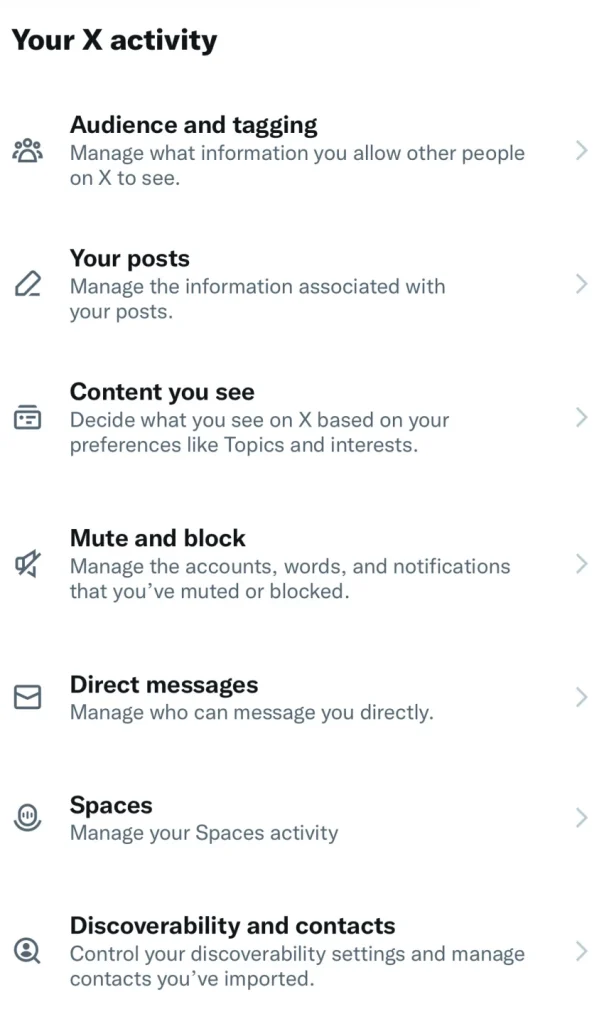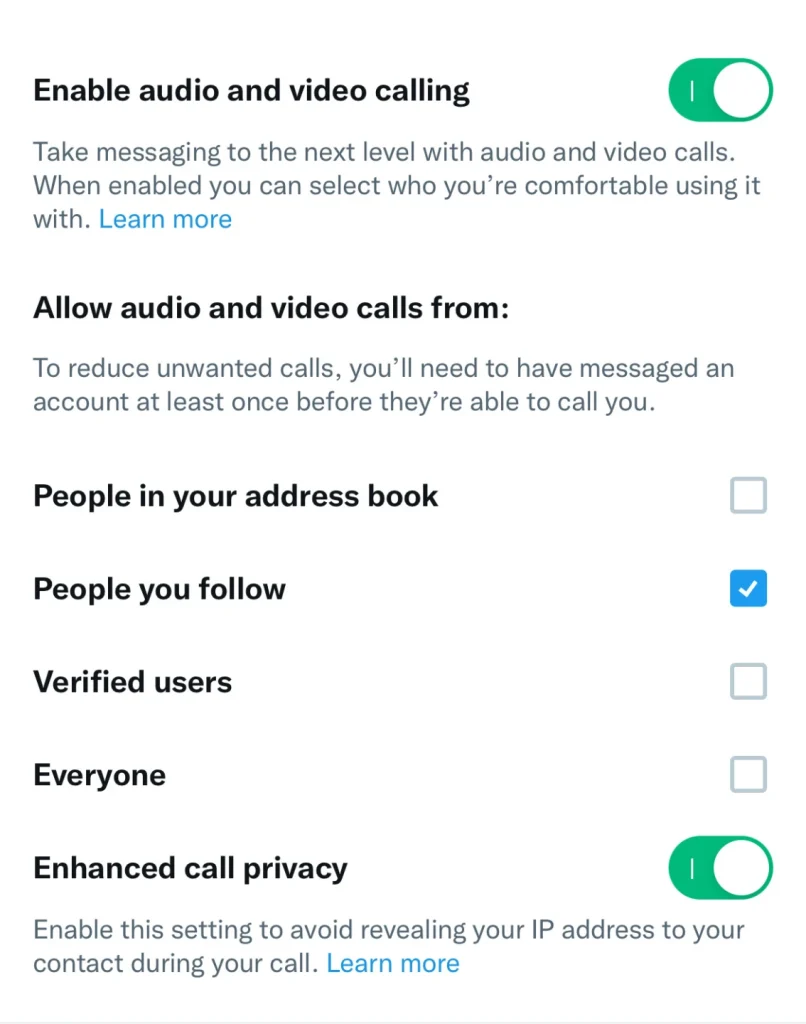Elon Musk’s social media platform X has recently introduced audio and video calling capabilities for all users, regardless of whether they have a paid account or not.
However, this rollout has brought to light a concerning privacy issue. With the new changes, anyone who is following you on the platform, previously known as Twitter, now has the ability to call you and view your Internet Protocol (IP) address by default.
An IP address is essentially the online location of your phone or computer, enabling you to receive messages and access websites.
However, having your IP address exposed can leave you vulnerable to various online threats, ranging from spam and identity theft to potentially revealing your physical location.
This poses a significant risk, especially for individuals like human rights activists who rely on pseudonyms to protect themselves from persecution.
To address this privacy concern and protect your online security, it is crucial to adjust your mobile app settings to avoid receiving unwanted calls or to conceal your IP address from the X community.
To access your direct message settings, you will need to first open the X app on your phone. Once the app is open, locate your profile picture in the upper-left corner of the screen.
Click on your profile picture to reveal a drop-down menu, and then navigate to the “Settings and Support” option. From there, click on “Settings and privacy” to access the settings menu.
Within the settings menu, look for the “Privacy and safety” section and click on it. This will open up a list of privacy settings, including the option to manage your direct messages.
Scroll down to find the “Direct messages” subcategory, where you can adjust settings such as who can send you direct messages and who can see your message requests.
By taking the time to review and customize your direct message settings, you can ensure that your messaging experience on the X app is secure and tailored to your preferences.
In order to limit who can see your IP address while using X’s new audio and video call functions, you can easily do so by scrolling down and toggling on the “Enhanced call privacy” option.
This option is typically toggled off by default, so it is important to enable it if you want to protect your IP address from being exposed during calls.
X assures users that this setting will help prevent the disclosure of your IP address to your contacts while on a call. Additionally, within the same menu, there are various other options available to further restrict who can contact you.
For instance, you have the choice to only allow individuals in your address book to reach out to you, providing an added layer of privacy and control over your communication preferences.
By utilizing these features, you can ensure that your IP address remains confidential and only accessible to those you trust.

In the realm of digital communication, the ability to connect with others through audio and video calls has become an integral part of our daily lives.
While these features can enhance our interactions and facilitate seamless communication, there are instances where individuals may prefer to limit or disable such functionalities for various reasons.
Whether it be for privacy concerns, a need for uninterrupted focus, or simply a personal preference, the option to turn off audio and video calls entirely can be a valuable tool in managing one’s online presence.
One popular platform that offers audio and video calling capabilities is X, a prominent player in the realm of social media and online communication.
For users seeking to disable these features on X, the process is relatively straightforward. By navigating to the “Direct messages” menu within the platform, individuals can locate the option to toggle off the “Enable audio and video calling” setting.
Upon deactivating this feature, the previous calling options will be collapsed, effectively preventing anyone on X from initiating calls with the user.
However, it is important to note that the ability to limit IP address visibility and disable audio and video calls entirely is currently restricted to the mobile app version of X. Users accessing the platform via the web version may find themselves lacking the option to turn off these features.
This discrepancy raises questions regarding the accessibility and uniformity of settings across different platforms, prompting users to consider the implications of such limitations on their digital experience.
The absence of a universal option to disable audio and video calls on X’s web version underscores the importance of platform-specific considerations when managing communication preferences.
While the mobile app may offer greater control over these features, users relying on the web interface may find themselves at a disadvantage in terms of customization options.
This disparity highlights the evolving nature of online platforms and the need for continuous updates and improvements to cater to diverse user needs.
In light of these developments, it is essential for users to stay informed about the latest updates and functionalities offered by their preferred platforms.
By remaining vigilant and proactive in managing their settings and preferences, individuals can exercise greater control over their online interactions and ensure a tailored experience that aligns with their needs and preferences.

As technology continues to advance and reshape the way we communicate, the ability to disable audio and video calls entirely represents a valuable tool for individuals seeking to curate their online presence.
Whether for privacy, productivity, or personal reasons, the option to control these features empowers users to navigate the digital landscape with confidence and autonomy.
In conclusion, the process of turning off audio and video calls entirely on X serves as a testament to the evolving nature of online communication and the importance of customization and control in the digital realm.
By understanding the options available to them and staying informed about platform-specific settings, users can effectively manage their online presence and interactions in a manner that aligns with their preferences and priorities.
As we continue to navigate the complexities of the digital age, the ability to tailor our communication experience to suit our needs remains a powerful tool in shaping our online identity and fostering meaningful connections in an ever-evolving virtual world.
